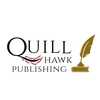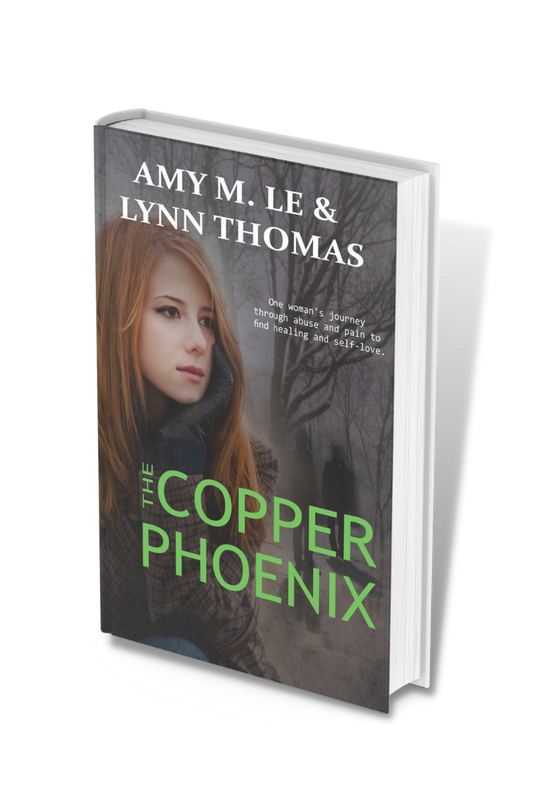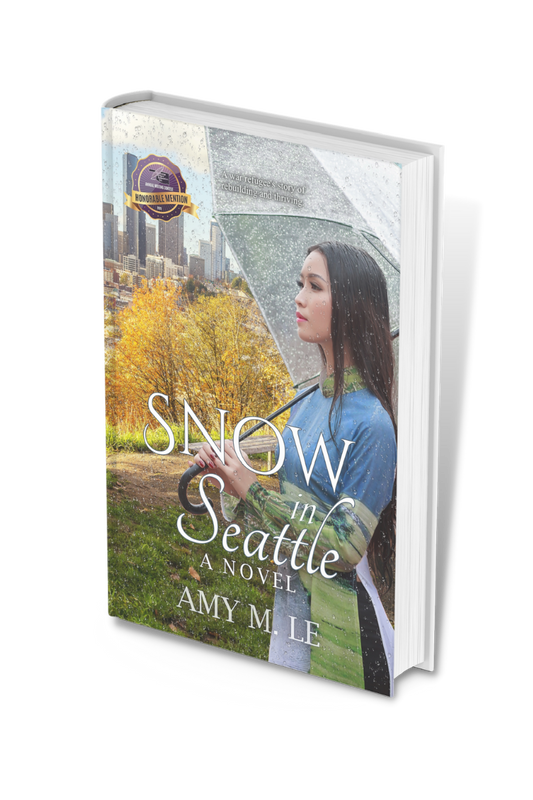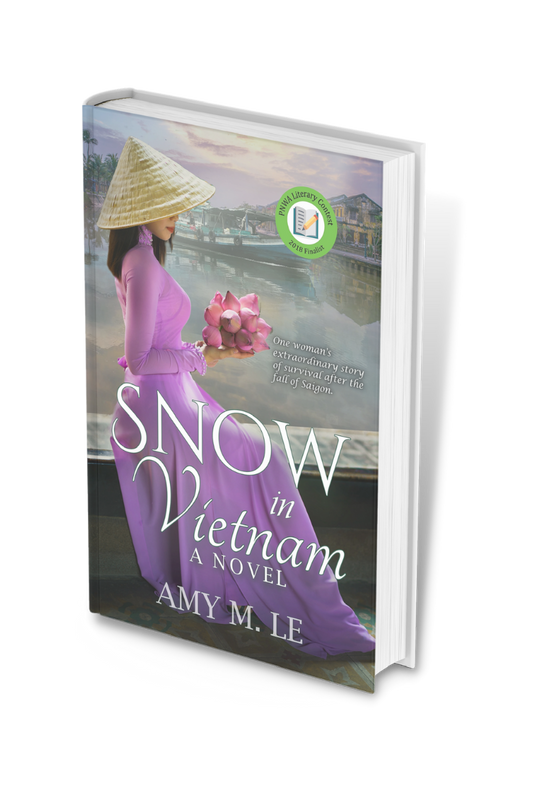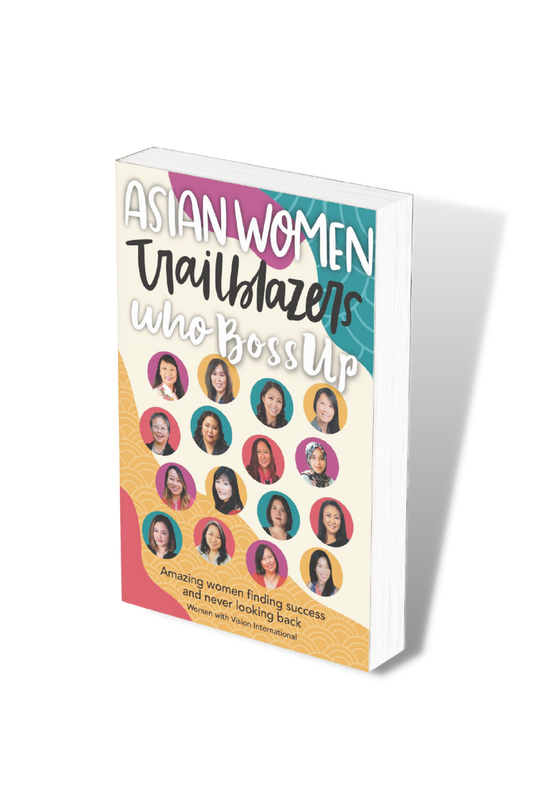The economics of publishing can be complex and vary depending on the type of publication, the market it serves, and the distribution channels used. However, here are some key concepts that are generally applicable:
1. Revenue streams: Publishers make money from various sources, such as book sales, advertising, subscriptions, and licensing fees. The mix of revenue streams can vary depending on the type of publication.
2. Fixed costs vs. variable costs: Publishers have both fixed costs (such as editorial staff, rent, and equipment) and variable costs (such as printing and distribution costs) that can vary with the volume of publications produced. It's important to balance these costs with revenue to maintain profitability.
3. Margins: Publishers typically operate on slim profit margins due to the high costs of producing and distributing content. As a result, even small changes in revenue or costs can have a significant impact on the bottom line.
4. Competition: Publishers face competition from both traditional and new players in the industry. This can lead to pricing pressures and the need to differentiate content and services to remain competitive.
5. Digital transformation: The rise of digital technologies has had a significant impact on the publishing industry, creating new revenue opportunities but also disrupting traditional business models. Publishers must adapt to these changes to remain relevant and profitable.
Overall, the economics of publishing are shaped by a variety of factors, including revenue streams, costs, competition, and technological change. Successful publishers must navigate these challenges to remain profitable and provide valuable content to their audiences.
I was recently on The Vietnamese Podcast (episode 210) with host, Kenneth Nguyen, as we dived into the topic of publishing. Check it out to learn more!
The cost of self-publishing a book can vary widely depending on a number of factors, including the length of the book, the quality of editing and design, the format in which it will be published (e-book, print, audiobook, etc.), and the distribution channels chosen. Here are some general guidelines to consider:
1. Editing: The cost of professional editing can range from a few hundred to several thousand dollars depending on the level of editing required. Copyediting, line editing, and developmental editing are the most common types of editing services offered.
2. Design: Cover design, interior layout and formatting, and illustrations or graphics can be an additional cost. A cover design can range from $100 to $500 or more, while interior layout and formatting can range from $200 to $1,000 or more. Illustrations or graphics can be an additional expense. Buying a license to use an image can also add to the costs.
3. Distribution: Distribution channels can include online retailers such as Amazon, Apple Books, and Barnes & Noble, and print-on-demand services such as IngramSpark and Amazon KDP (Kindle Direct Publishing). Some distribution channels charge fees or take a percentage of sales.
4. Marketing: Self-published authors often need to market their books themselves, which can include expenses for promotional materials, book tours, and advertising. These costs can vary greatly depending on the author's goals and budget.
5. Branding: Authors often overlook the importance of branding. Remember that you are your brand so having a logo, a professional website, even merch, are all part of the branding costs.
Overall, the total cost of self-publishing a book can range from a few hundred dollars to several thousand dollars or more. It is important for authors to carefully consider their goals and budget before deciding on which services to invest in. At Quill Hawk Publishing, we aim to provide high-quality output at affordable rates, because our team and partners are personally invested in the author's success. It's like a family here!

Self-publishing and hybrid publishing are both options for authors who want to publish their books without going through a traditional publishing house. However, there are some key differences between the two:
1. Control: With self-publishing, the author retains complete control over all aspects of the publishing process, including editing, design, and distribution. With hybrid publishing, the author has some control but typically works with a publishing company that handles certain aspects of the process, such as editing and design. Working with Quill Hawk Publishing gives the author the driver's seat with a knowledgeable copilot to navigate the writer from idea to liftoff and beyond. Authors retain all rights and royalties and have the final say in formatting, cover design, and edits.
2. Cost: With self-publishing, the author pays for all aspects of the publishing process, including editing, design, and distribution. With hybrid publishing, the author may pay an upfront fee or sign a contract that includes sharing some of the costs of the publishing process with the publishing company. Quill Hawk Publishing charges a flat rate with a la carte options because we recognize there are no cookie-cutters in the writing community. Everyone's needs and level of expertise is different. We provide unlimited consultation and advice, two ISBNs, cover templates, bar codes, promo graphics, ongoing promotional support, access to podcast interviews, guest blog opportunities, a book review, and more!
3. Quality: With self-publishing, the author is responsible for ensuring that the book is of high quality in terms of editing, design, and production. With hybrid publishing, the author works with a publishing company that provides professional editing and design services to ensure a high-quality finished product.
4. Distribution: With self-publishing, the author is responsible for handling all aspects of distribution, including getting the book listed with online retailers and arranging for print-on-demand services. With hybrid publishing, the publishing company may handle some or all aspects of distribution, depending on the contract and author's needs.
Overall, the main difference between self-publishing and hybrid publishing is the level of control and support that the author has throughout the publishing process. Self-publishing offers complete control but requires the author to handle all aspects of the process. Hybrid publishing offers some support and assistance from a publishing company but may require sharing some of the costs and control over the final product.
According to WordsRated, a non-commercial, international research data and analytics group, in an article published in February 2022, the total number of new book titles released annually is around 4 million. About 1 million of these new titles are published through traditional publishers and about 2 million are self-published titles. However, many self-published authors do not use a trackable ISBN, so the number is higher. Penguin Random House alone publishes 85,000 titles each year, which is the largest number of titles published by a major publishing house. As of 2022, more than 12 million ebooks are estimated to be published on Kindle and at least 71,000 audiobooks were published during the year of 2020. Globally, China is the largest producer of new books (with over 290,000 new titles), followed by the United States, the United Kingdom, and Germany. In the United States, according to Bowker, the official ISBN agency for the United States, over 1.6 million books were self-published in the United States in 2018 and that number continues to rise. It's worth noting that these statistics only cover new titles and do not include reprints, revised editions, or books published without ISBNs, so the actual number of books published each year is truly a moving target.

Writing is hard and publishing is harder. With a saturated market, it can be a daunting task to produce a book and get it into the hands of readers. With so many options, where does one start? First, understand what route is best for you.
There are several ways to get a book published, including:
1. Traditional publishing: This is the most well-known method of publishing and involves submitting a manuscript to a traditional publishing house for consideration. If the manuscript is accepted, the publishing house will typically cover the costs of editing, design, and distribution, and pay the author an advance against future royalties. Most publishing houses require writers to have a literary agent but there are small presses who do not require representation.
2. Literary agent: A literary agent can help an author navigate the traditional publishing industry by representing the author's work to publishers and negotiating contracts on their behalf. Literary agents typically take a percentage (around 15%) of the author's earnings in exchange for their services.
3. Self-publishing: Self-publishing involves the author taking on the responsibility of editing, design, and distribution themselves. This can be done through online retailers such as Amazon or through self-publishing services such as IngramSpark or Draft2Digital. The author retains control over the content and distribution of the book but is also responsible for all costs associated with publishing.
4. Hybrid publishing: Hybrid publishing combines elements of traditional publishing and self-publishing. The author works with a publisher who provides services such as editing, design, and distribution for a fee or a percentage of sales. The author retains control over the content but works with a professional team to produce a high-quality finished product. Quill Hawk Publishing is an Asian American, woman-owned hybrid publishing company who will partner with the author every step of the way.
5. Crowdfunding: Crowdfunding platforms such as Kickstarter or Indiegogo can be used to raise funds for self-publishing or to attract the attention of traditional publishers by demonstrating a book's commercial viability.
6. University press: University presses are specialized publishers that focus on academic or scholarly works. Authors can submit their manuscripts to university presses for consideration, which can be a good option for authors in certain fields.
7. Vanity press: A vanity press, also known as a vanity publisher, is a company that offers to publish an author's book for a fee, rather than through the traditional publishing process of accepting a manuscript based on its merits and marketability. Vanity presses do not typically evaluate manuscripts for quality, and they often offer minimal editing or design services. The term "vanity" comes from the idea that authors who use these services are primarily interested in seeing their work in print and may be willing to pay for the privilege, regardless of whether the book has commercial potential or is of high quality. Vanity presses often require authors to pay for services such as editing, design, and distribution, and may also require authors to purchase a certain number of copies of their own book. In some cases, vanity presses may also take a percentage of sales or charge fees for additional services, such as marketing or promotion.
It's important to note that not all self-publishing services are vanity presses. Self-publishing can be a legitimate and viable option for authors who want to retain control over their work and reach readers directly, and there are many reputable self-publishing companies and services that offer professional editing, design, and distribution services for a fee. The best method of publishing depends on an author's goals, audience, and resources. Each method has its own advantages and disadvantages, and it's important to research and consider all options before making a decision.
About Amy M. Le
Amy M. Le is a Vietnam War survivor and Congenital Heart Defect (CHD) warrior. She is the founder of Quill Hawk Publishing, a woman-owned, Asian American hybrid publishing company that helps writers indie publish their books while amplifying diverse voices through storytelling. Amy grew up in Seattle and had a successful career at Microsoft and T-Mobile before pivoting to become a writer, publisher, and speaker. She is the award-winning author of the Snow trilogy: Snow in Vietnam, Snow in Seattle, and Snow's Kitchen, and recently published her sixth book, The Copper Phoenix, an autofiction about surviving childhood abuse and sexual assault. Amy was profiled in the book Asian Women Trailblazers Who Boss Up, was named top fifty unsung heroes of 2023 by Asian Hustle Network, is featured on the Wall of Inspiration by Elevate Women in STEM, and has been interviewed on numerous media outlets. Amy co-founded The Heart Community Collection, a resource for the CHD community, sits on the board of the Vietnamese Boat People and the Asian Artists for Mental Illness organizations.

